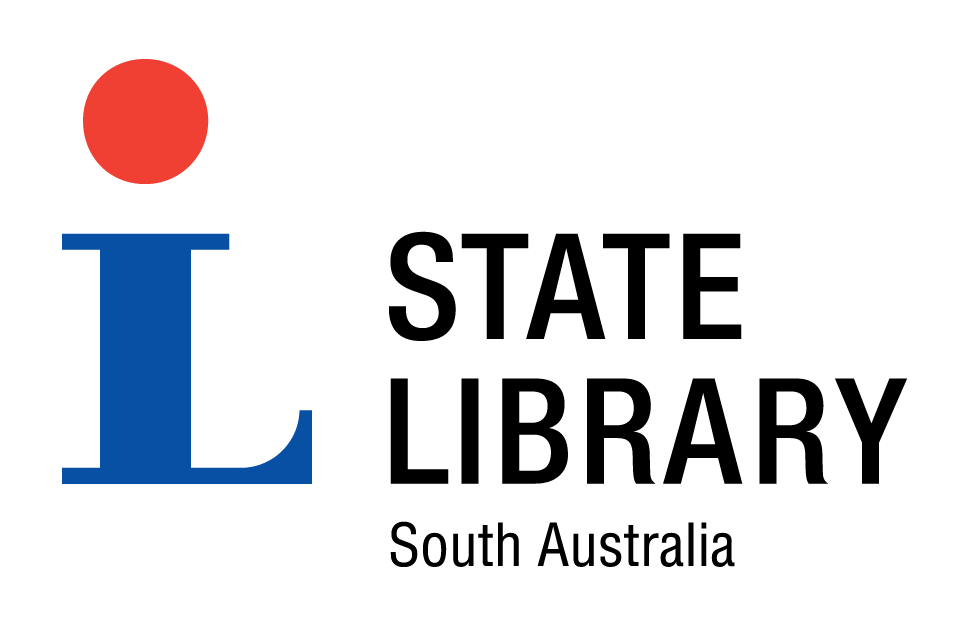
William John Brind |
|||
|---|---|---|---|
| Title : | William John Brind |

|
|
| Source : | B 5944 | ||
| Date of creation : | ca. 1840 | ||
| Format : | Artwork | ||
| Dimensions : | 205 x 160 mm | ||
| Contributor : | State Library catalogue | ||
| Catalogue record | |||
| The State Library of South Australia is keen to find out more about SA Memory items. We encourage you to contact the Library if you have additional information about any of these items. | |||
| Copyright : | Reproduction rights are owned by State Library of South Australia. This image may be printed or saved for research or study. Use for any other purpose requires permission from the State Library of South Australia. To request approval, complete the Permission to publish form. |
| Description : |
Hand finished lithograph made from a photograph of William John Brind, who was the fourth Manager of the South Australia Company. The South Australian Company was formed in London on 9 October 1835 by George Fife Angas, an influential merchant and philanthropist and a member of the Board of Commissioners responsible for establishing the new colony of South Australia. The Company formed for the immediate purpose of encouraging the preliminary purchase of land since the Commissioners' decision to fix the price of land at twenty shillings per acre had brought land sales to a standstill, arousing doubts about whether the Colonization Commission would succeed in fulfilling the terms of the South Australian Act, by which it was obliged to sell 35,000 pounds worth of land before the Imperial authorities would consent to the colonization venture. Giles gave encouragement to the Company's mining ventures. A silver-lead mine had been operated by the Company at Glen Osmond since 1841, and this was followed by the opening of copper-lead mines at Rapid Bay, Kapunda, Burra (Kooringa) and Kanmantoo. Yet the Company's mining operations were never greatly successful and in the case of the Kanmantoo mines proved a serious loss, in addition to which they had the effect of drawing labour away from farming and pastoral occupations - as did the Victorian gold rushes of 1851-1852. At this time, the Company refrained from pressing for the recovery of outstanding rents, in an attempt to induce tenants to remain on their properties. Although the Company continued for the next half century to contribute markedly to South Australia's progress and prosperity, it never really regained the commercial ascendancy enjoyed during the early years of settlement. Already by 1860 the Company had divested itself of interests in whaling, ship-building and banking, and had largely abandoned its mining and pastoral pursuits to concentrate almost exclusively on agricultural production. The company continued to wind down over time and eventually all business directly relating to the South Australian Company ceased on 17 March 1949. |
| Subjects | |
| Related names : | South Australian Company South Australian Company, Employees Glen Osmond (S. Aust) |
| Coverage year : | 1840 |
| Period : | 1836-1851 |
| Place : | South Australia |
| Region : | Adelaide city |
| Further reading : | South Australian Company. New colony of South Australia: to experienced farmers, possessing small capitals [London: The Company, 1837] Stephens, John. The land of promise: being an authentic and impartial history of the rise and progress of the new British province of South Australia . London: Smith, Elder, and Co., 1839 Sutherland, George. The South Australian Company: a study in colonisation . London; New York: Longmans, Green, 1898 South Australia's foundation: select documents / edited and introduced by Brian Dickey and Peter Howell. Netley, S. Aust.: Wakefield Press, 1986 Thornton, Robert. The South Australian Company, 1835-1949: history and archives . 1987 [Originally published in Archives and manuscripts, vol. 15, no. 2, Nov. 1987] |
| Internet links : |


